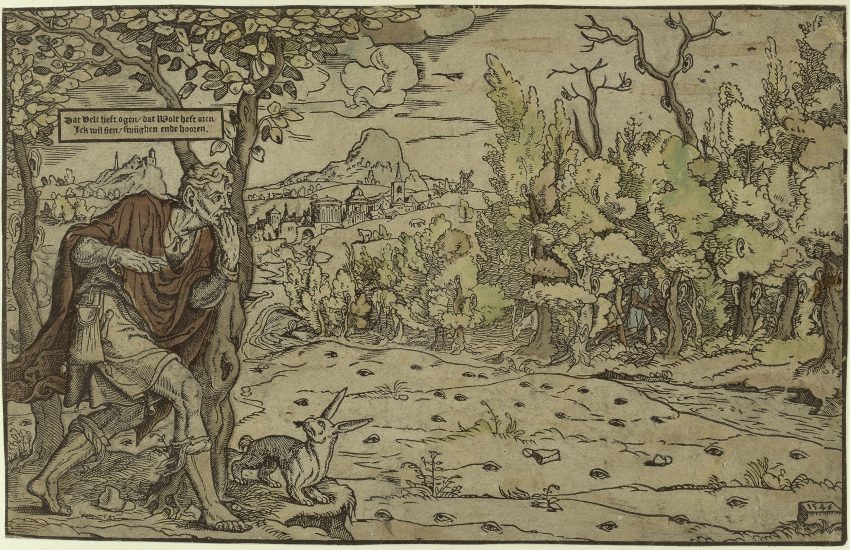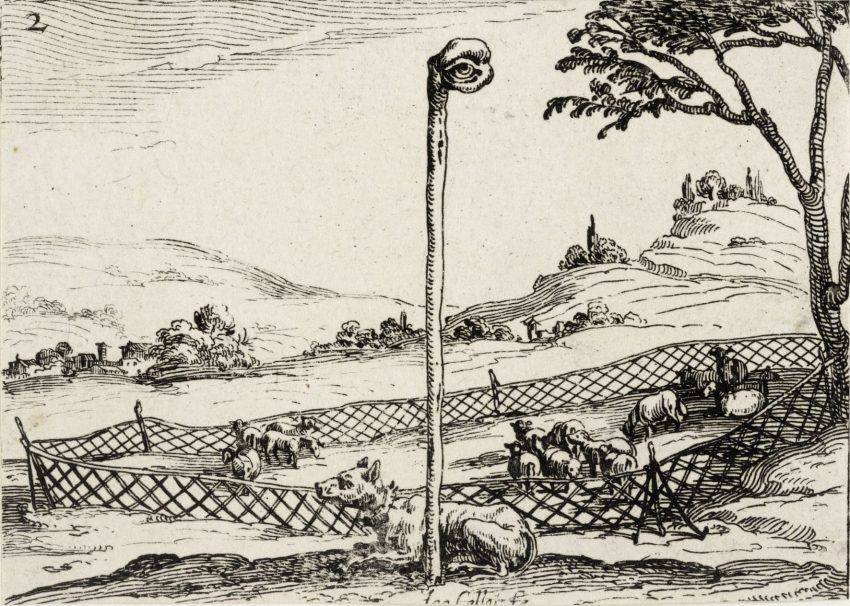
From the announcement to a show at the Museum für Fotografie in Berlin. The catalogue is in the library now, including this incredible etching:

Paranoia is not a recent invention. The essay in the book is drawing a direct line from the all-knowing eye of god to the eye of the law.
The same thing is being done in more depth in an excellent essay by Gerhard Paul, tracing the visual history of eyes over the course of the last 3000 years of Western history. https://www.visual-history.de/2016/10/02/video-oder-was-haben-die-berliner-verkehrsbetriebe-bvg-mit-homer-zu-tun/
From Gerhard Paul‘s essay: “see everything with Hollerith punch cards”, an ad from 1933/34:

Those Hollerith machines were later being put to extensive use a few years later.